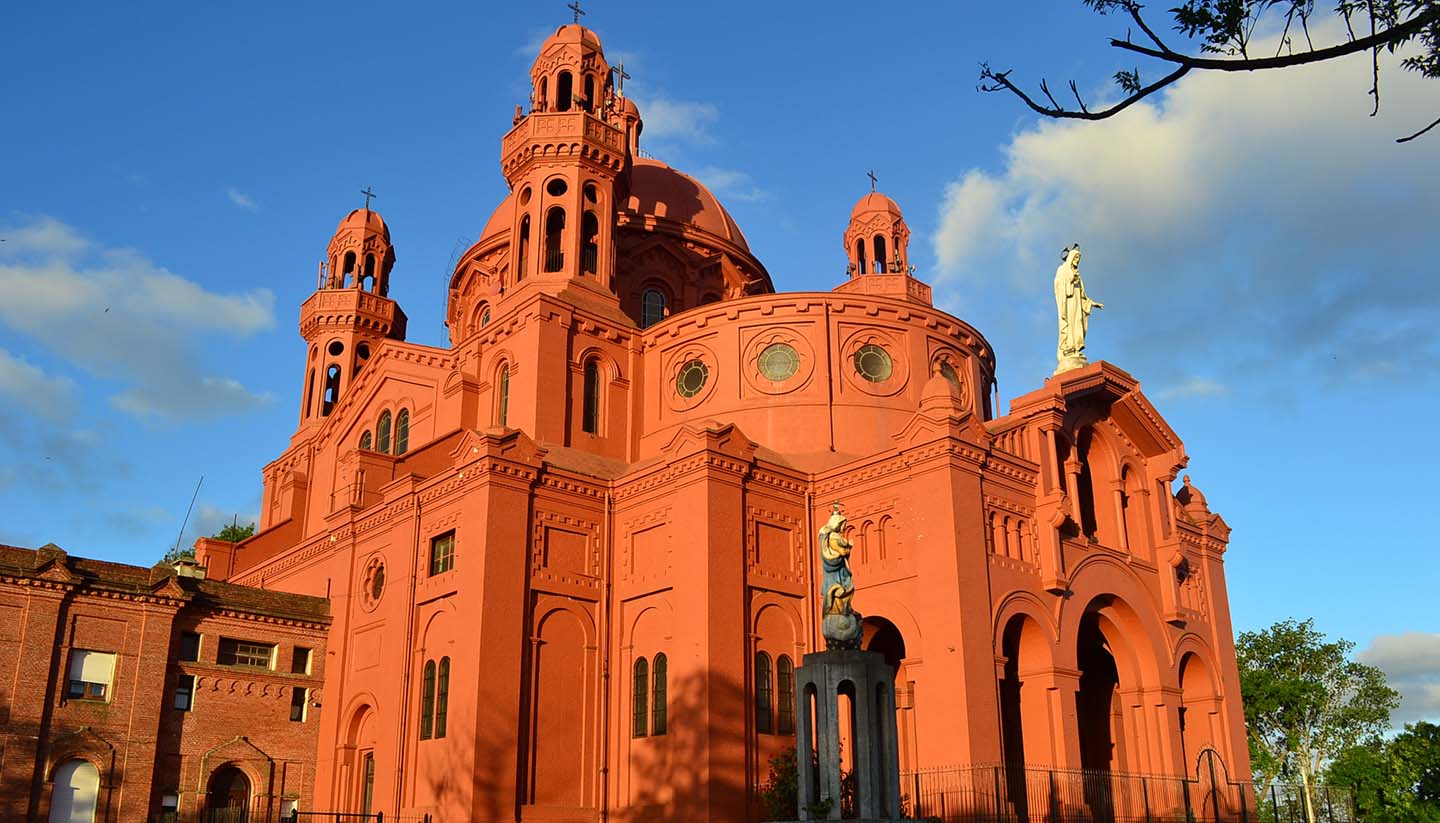Montevideo History
Created as a result of a Spanish-Portuguese spat, Montevideo’s hasn’t enjoyed a smooth ride.
Unhappy about Portuguese advances south from Brazil, Buenos Aires governor Bruno Mauricio de Zabala founded Montevideo in 1726. The Portuguese had set up a town across the water from Buenos Aires in 1680, and it was time to boot them out.
The town was initially home to soldiers and a handful of Spanish immigrants, but gradually grew into a vital trading base.
In 1807, the Brits swanned into town, occupying the city for a few months until the Spanish snatched it back.
And so continued a series of occupations and skirmishes, with Spanish, Argentine, Portuguese and Brazilian forces taking it in turns to control the city.
Uruguay won independence from Brazil and Argentina in 1828, with Montevideo as the capital.
But it wasn’t all plain sailing from there. Squabbling rival political factions couldn’t find common ground and a civil war ensued. Montevideo was subjected to a nine-year siege from 1843 to 1851.
While an Argentine-Uruguayan army besieged the city, French and British forces were busy supplying the city via sea. Montevideo’s port ended up doing rather well.
When the siege ended, Montevideo expanded and prospered, implementing important infrastructure projects throughout the 19th century.
By the early 20th century, Spanish and Italian immigrants were arriving in droves, with new neighbourhoods popping up left, right and centre.
During WWII, it was in neutral Montevideo that a German captain chose to scuttle his ship, Admiral Graf Spee, rather than risk the lives of his crew.
By the 1950s, the city was in decline. From the late 1960s and throughout the dictatorship of the 1970s and 1980s, political violence rocked Montevideo.
Democracy was restored in 1980, but a banking crisis in 2002 caused untold economic damage. Since then, Montevideo has steadily got back on its feet.
Did you know?
• Avenida 18 de Julio is named after the date of the Uruguay’s first constitution, 18 July 1830.
• Montevideo hosted the inaugural FIFA World Cup in 1930.
• In the annual Mercer Quality of Living Survey, Montevideo is regularly named the Latin American city with the best quality of life.


